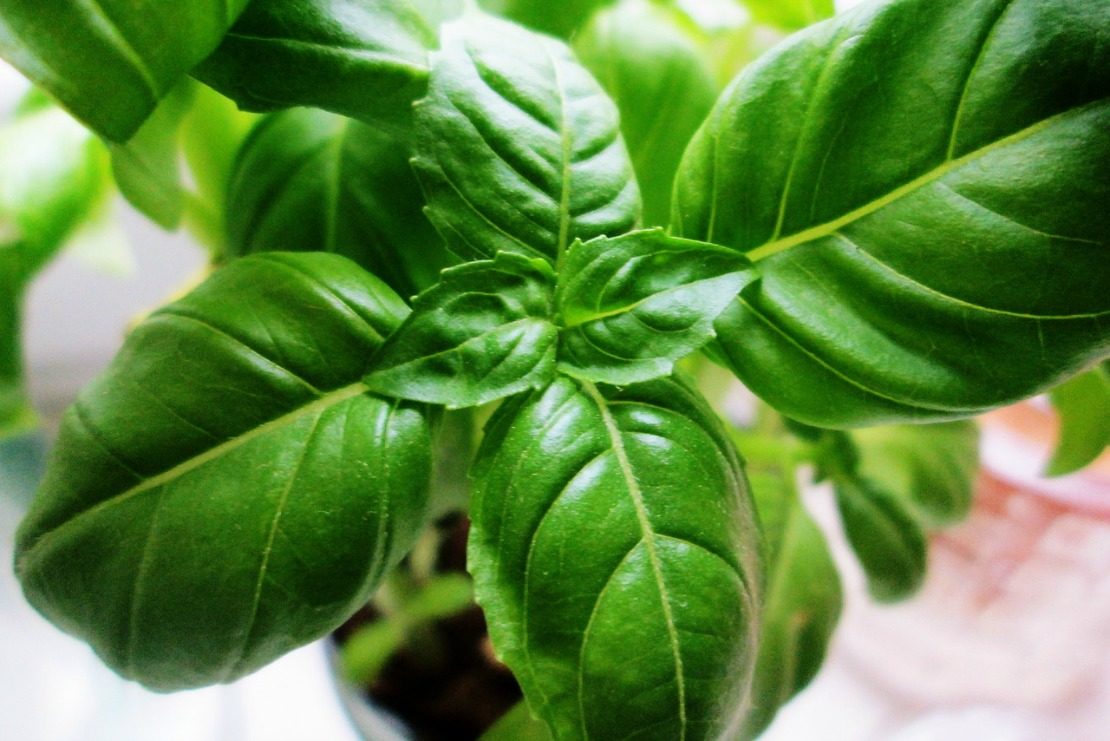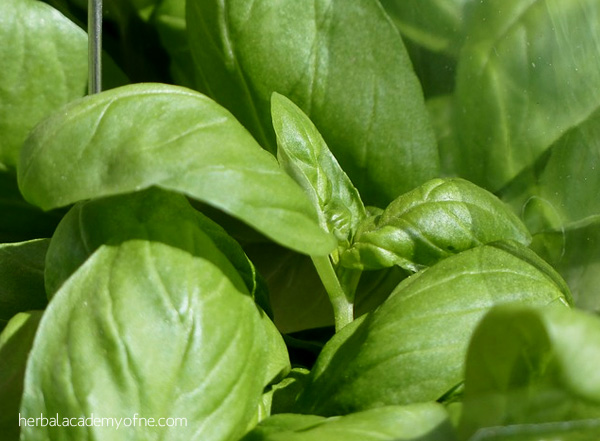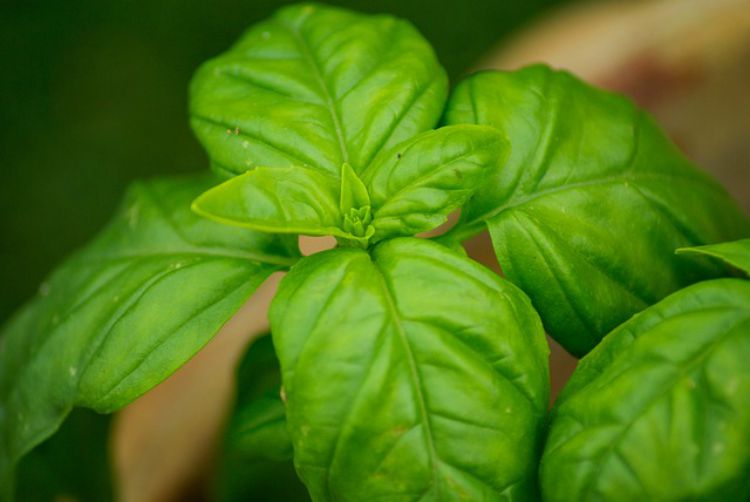
How to Grow Fresh Basil
Whether it’s to cleanse the blood, act as an anti-inflammatory, or simply to make pesto for an Italian feast, basil can be a valuable staple of an herbalist’s kitchen and a delicious way to ensure continued health. Though it’s easy enough to buy fresh basil at the store, it’s an herb that’s incredibly easy to grow at home as well. Growing our own basil not only provides us with the freshest plant possible but can also help us to save money over time. In this article, we will take ourselves to gardening school by learning how to grow fresh basil outside, in a pot, from a seedling.
Begin with the right growing season: Though growing season for basil varies by region and climate, in New England it’s ideal to begin growing after the last frost around May. The growing season can then last anywhere between three and six months depending on the local climate.
Use high quality potting soil: If you’re going to grow your basil in a pot, buying potting soil is a simple way to ensure that your plant flourishes. Be sure that your soil is pH balanced and contains both perlite and peat. When arranging the pot, be sure to place a layer of gravel at the base to ensure proper drainage.
Start with a seedling: Though you can of course grow your basil from a seed, if you’re new to growing then you may enjoy starting with a seedling—an already growing plant—for this ensures you a higher chance of success.

Place it in sunlight: Like many plants, basil benefits from getting ample sunlight each day to ensure its continued growth. Once you’ve planted your seedling, place your pot in a location that gets it at least six hours of sunlight per day.
Water regularly: With basil, it’s important to water the plant often enough to keep the soil moist but not damp. Typically, this means watering it every one to two days. Be sure to water at the base of the plant and not the stalk or leaves.

Harvest: As the plant grows, it will start to form pairs of leaves. Once the plant is about a foot tall, it will grow more and more pairs. It is ideal to start harvesting the plant when there are at least four sets of leaves, and you can remove the leaves by simply pinching them off the main stem of the plant.
Prune: To keep the plant from falling over and remaining in good health, be sure to remove the necessary components as needed. This includes pinching off the flowers that form at the top of the stem and removing dead or poorly growing branches from the plant.

Herbalism doesn’t have to be expensive, nor do the herbs have to always be imported from far away. By growing your own basil, you can introduce yourself to the rewarding life of an herbalist. You can find more information about the herb basil in this article. If you would like to take your herbal studies to the next level, we invite you to learn more about our online programs here.







